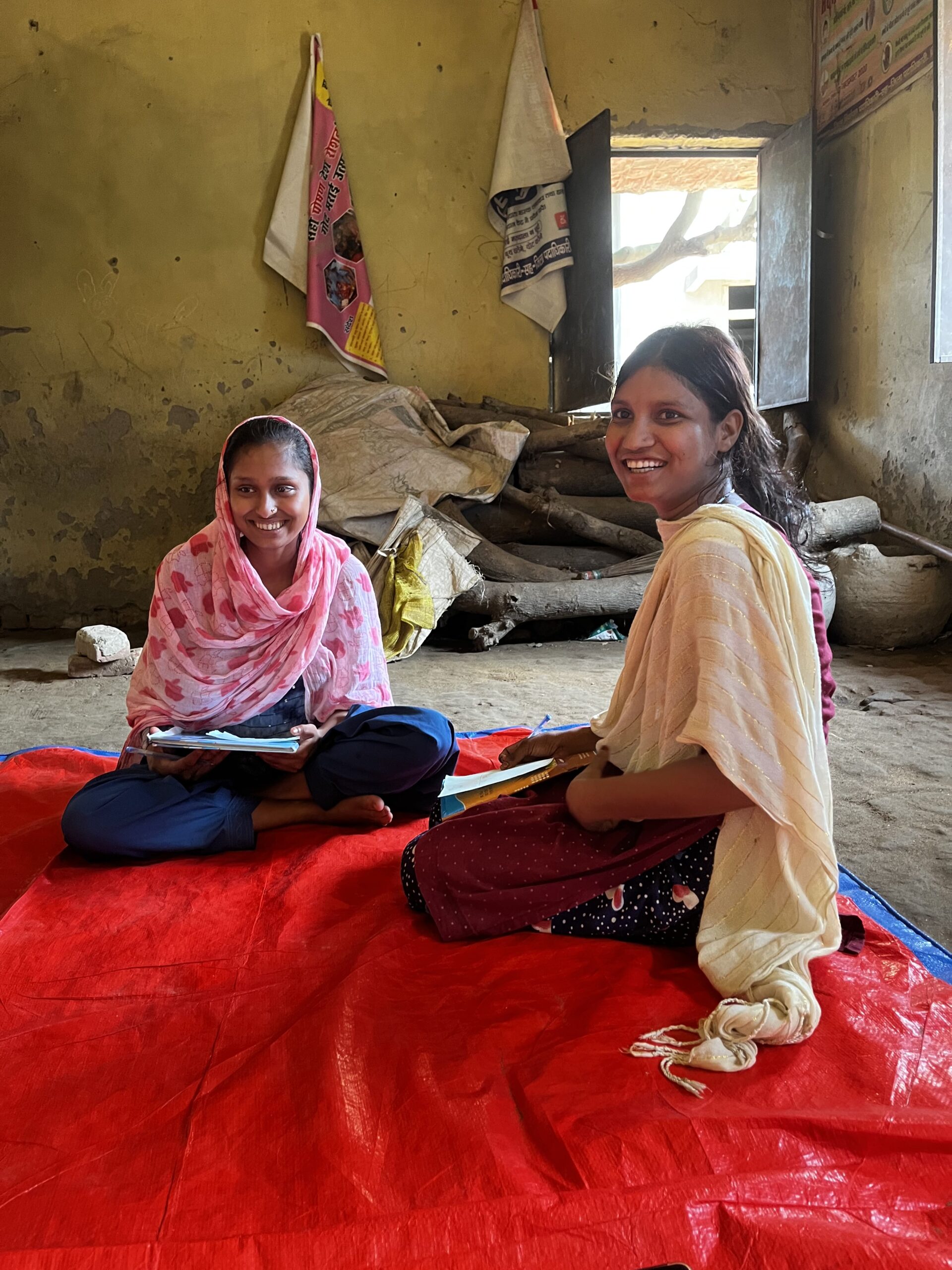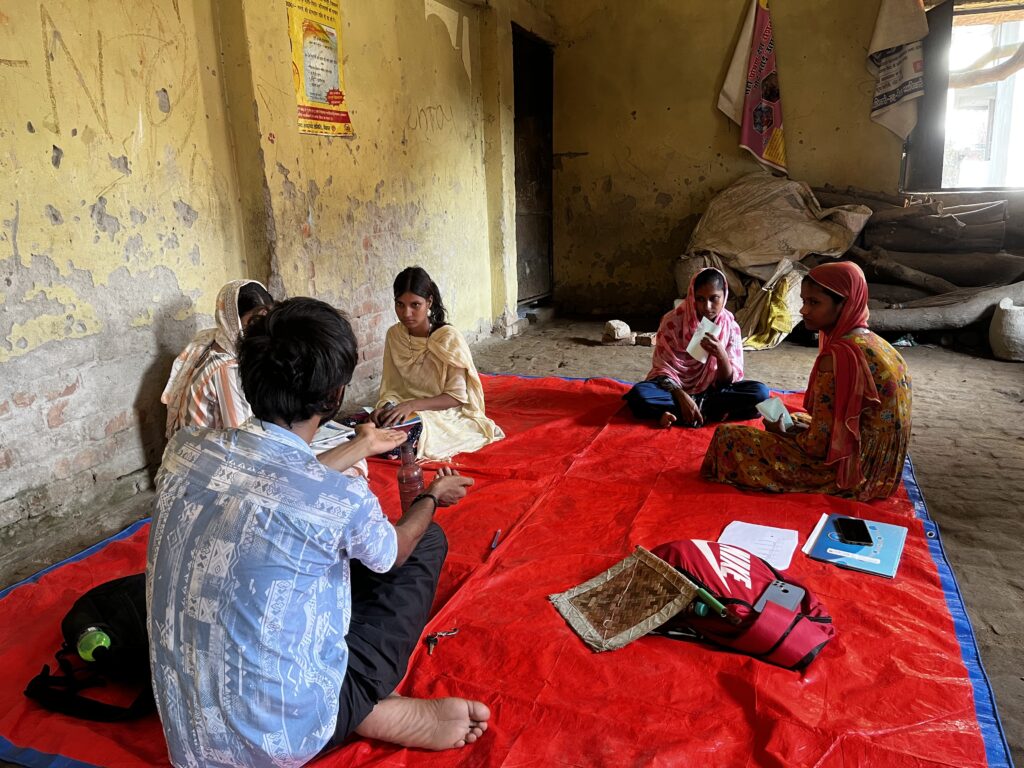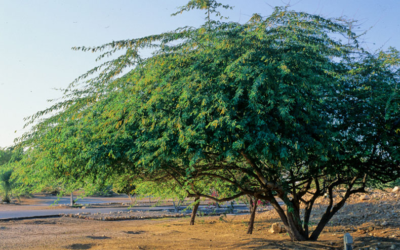What drives motivation in rural leadership programs, prompting people to sit in a temporary space with no ventilation during summers, with temperatures soaring up to 39 degrees, and still attend a 2-hour club session, sitting on a mat without chairs? I am talking about some of the folks who are part of Rural India Youth Leadership program. These spaces, or clubs, are run by a youth formally called a youth mobiliser, whose presence ensures the smooth running of these clubs. Each youth mobiliser manages two separate clubs in their respective panchayats.
The members are youth volunteers, who engage in these clubs for a year, and through various activities, they learn leadership and active citizenship. Eventually, they form a network of 400 youths connected with external organisations and experts, participating in various engagements across these club spaces.

How The Clubs Operate
Coming back to the question at the start of the blog. The motivation. What can it be? To understand the motivation behind this, it’s essential to look at the system itself and how these club spaces function. Understanding the system behind these spaces is crucial to realising the motivation in rural leadership programs.
A Youth Mobiliser running these clubs is supported by Youth Coordinators, each of whom work with 4-5 Youth Mobilisers. Each Youth Mobiliser is responsible for two club spaces, facilitating bi-weekly meetings.
The youth mobilisers plan sessions, share information, and collaborate, creating a network of knowledge exchange. The system fosters an environment of support, learning, and collective growth.
What Each Member Gives And Receives
Here’s a glimpse into what different members of this system give and take:
| System | Give | Take |
| Youth Volunteers | 1. Participate in club activities, engaging with their peers and communities. 2. Work on community projects that promote constitutional values and address local challenges. 3. Engage with families (typically 3 per volunteer) to spread awareness and social values. | 1. Gain leadership and facilitation skills through capacity-building sessions. 2. Build networks and collaborate with peers and mentors. 3. Experience personal growth by practicing active citizenship and contributing to community projects. |
| Youth Mobilisers | 1. Lead 2 youth clubs, facilitating their bi-weekly meetings and activities. 2. Plan and execute sessions, often sharing this with other YMs to create a collaborative network. 3. Mentor Youth Volunteers and provide them with guidance on conducting projects. | 1. Receive leadership training and capacity-building through workshops, including skills in project management, advocacy, and community engagement. 2. Opportunity to network with peers and coordinators, fostering cross-learning. 3. Personal growth as community leaders driving social action. |
| Youth Coordinators | 1. Oversee 4-5 YMs, providing guidance and support in managing the clubs. 2. Facilitate bi-monthly peer-learning meetings where both YMs and YCs share experiences and strategies. 3. Offer feedback and strategic advice on club activities and projects. | 1. Strengthen their leadership through their mentoring role, with a network that spans across several panchayats. 2. Continuous professional development through capacity-building workshops focusing on strategic leadership and community development. 3. Build relationships with both grassroots and organizational-level actors, expanding their impact and influence in the program. |
These spaces are collectively chosen by the members. In some panchayats, there is a lack of comfortable areas, and hence, some of these clubs exist in spaces like the one mentioned at the start of this blog. But what can really motivate people to sit in uncomfortable spaces and still attend a 2-hour session?
Leadership, Belonging And Emotional Connections
Is it because of the idea of leadership? The thought that they can become leaders of their own lives and, in turn, make their communities’ lives easier?
Or is it the fact that some actually enjoy spending time with other members? These clubs may offer a unique opportunity to be vulnerable, to share their fears, and to exchange more emotions than they do with their families or outside the club spaces. It’s a place where they can just play one day and discuss serious topics like gender equality and inclusion on another.
Most sessions I’ve observed made me wonder – why? Why are they sitting without complaining about the heat, while many of us in urban spaces struggle to function without air conditioning?
For many, it seems the idea of togetherness is stronger than the discomfort of physical conditions. The way they perceive the space, how they see themselves being present there, and the emotional bonds they form affect their motivation and desire to return, week after week. We are deeply ingrained with how some spaces should be. When it comes to learning spaces everyone has different notions as well. How people perceive these spaces and how they see themselves being present in that space has a huge impact.
Ownership And Resilience In The Face Of Challenges
Some may view broken tables in schools as a huge barrier to learning, but for these Youth Volunteers, dissatisfaction rarely stems from the physical environment. Their complaints, if any, are more about personal schedules clashing with the club sessions. Despite this, they express a strong sense of love for the club and the space itself. Many even say things like “हमारा क्लब” (our club) and “मेरा क्लब” (my club), showing how they’ve developed a sense of ownership.
During a recent visit, while piloting an activity from the Youth Resource Manual, a Youth Volunteer said to me: “भैया, गर्मी बहुत है, आप पानी पी लीजिए और ये पंखा इस्तेमाल कीजिए। हम बहुत देर से बैठे हैं, एडजस्ट हो गए हैं।” (“Bhaiya, it’s very hot. Please drink some water and use this fan. We’ve been sitting for a long time and have adjusted.”)

During the visit, initially, I felt that the members would not be interested in the session because of the heat and would not pay attention to what I had to share. To my surprise however, the selflessness and then interest that they showed throughout the session made me think about how I function in spaces where I don’t feel comfortable. Not just spaces but even people around whom I feel stressed.
How can I learn from the volunteers and make sure that I also have at least a percentage of the resilience that these folks have? It’s still a long way for me to go in this regard but this event definitely struck a chord in me.
Togetherness And Motivation In Rural Leadership Programs
I still wonder what goes through their minds, and how they ensure their own learning in spaces that can hinder functioning. But one thing is clear: there is a profound sense of belonging and togetherness that overrides the challenges of the space. It creates a powerful connection, turning even the most uncomfortable spaces into something better than an air-conditioned room. The love for being part of something bigger and the desire to learn, grow, and share with others shine through.
Perhaps, it’s not just about leadership or emotional exchange, but the simple, powerful act of coming together in a space that feels like their own. This profound sense of togetherness is key to understanding motivation in rural leadership programs.




0 Comments